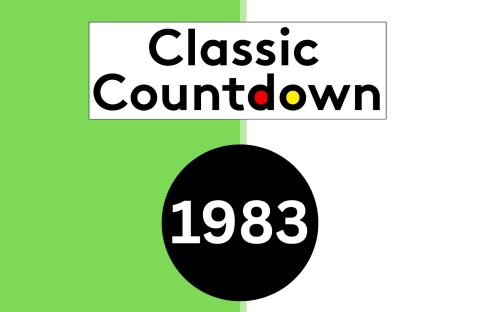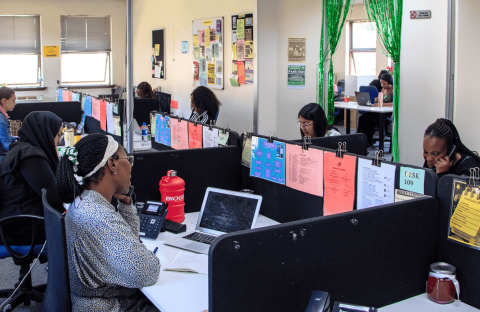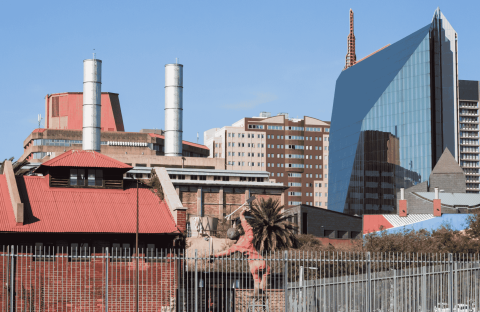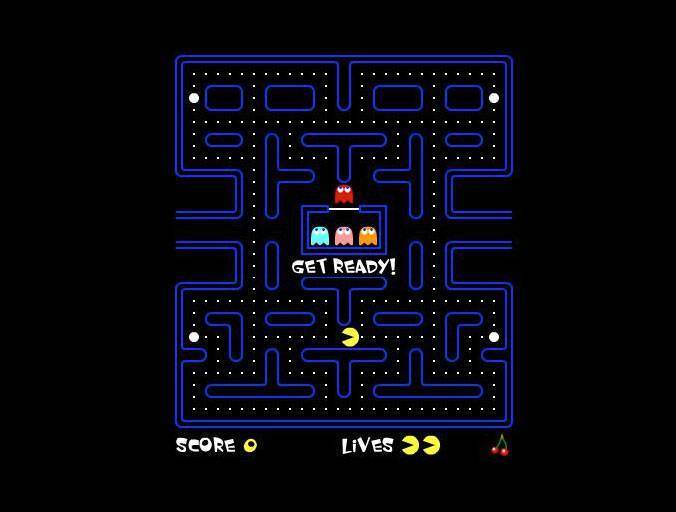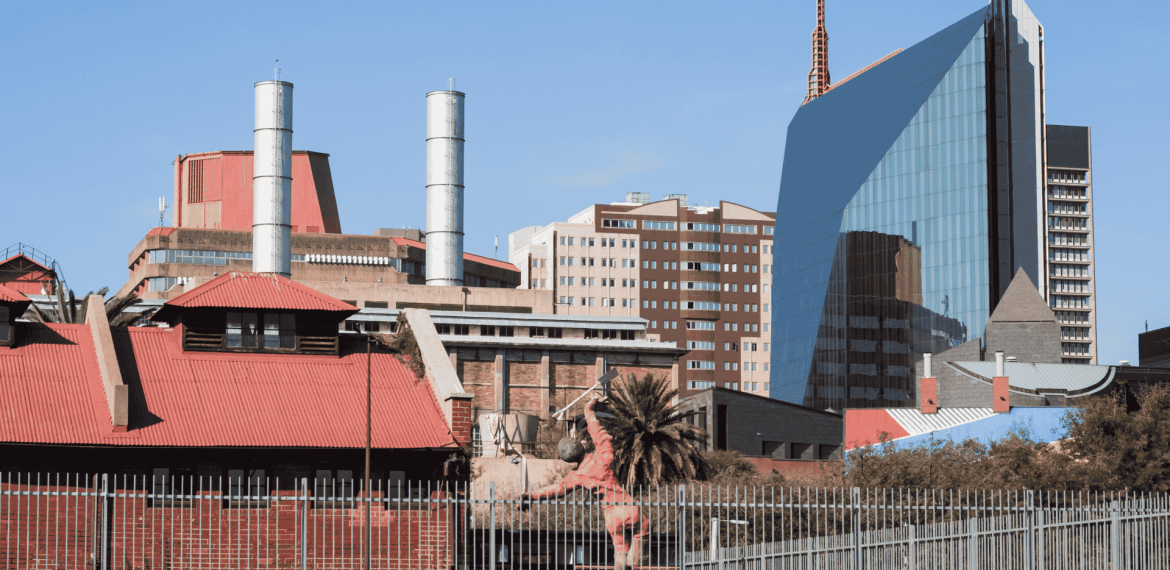
Newtown’s fiery beginning: How the plague cleared a city block
Newtown’s fiery beginning: How the plague cleared a city block
Newtown’s fiery beginning: How the plague cleared a city block
When Johannesburg was formally proclaimed, the lure of gold drew hopefuls by the thousands. Many failed to strike it rich and instead clustered in a bleak marshland just west of Diagonal Street. There, amid soggy ground and scarce infrastructure, they turned to making sun-dried bricks — supplying the city’s ferocious construction boom. The settlement became known as Brickfields, or derisively as Veldschoendorp, a name that hinted at its poverty and dire living conditions.
The area was plagued by inadequate drainage, meagre access to clean water and virtually no sanitation systems. Over time, it became a major challenge — or embarrassment — for city authorities. But in April 1904, rumours of a bubonic plague outbreak gave officials a pretext for drastic action. Troops rounded up residents, and with the fire brigade’s cooperation, the city burned Brickfields to the ground. In fact, on 3 April 1904, after evacuations, the fire brigade set alight six street blocks soaked in paraffin.
Following the burning, city planners moved quickly. The area was surveyed and redesigned, and by October 1904 it had been rebranded as Newtown. The newly laid-out precinct was repositioned as a commercial and industrial district, capitalising on its proximity to Johannesburg’s rail and goods yards.
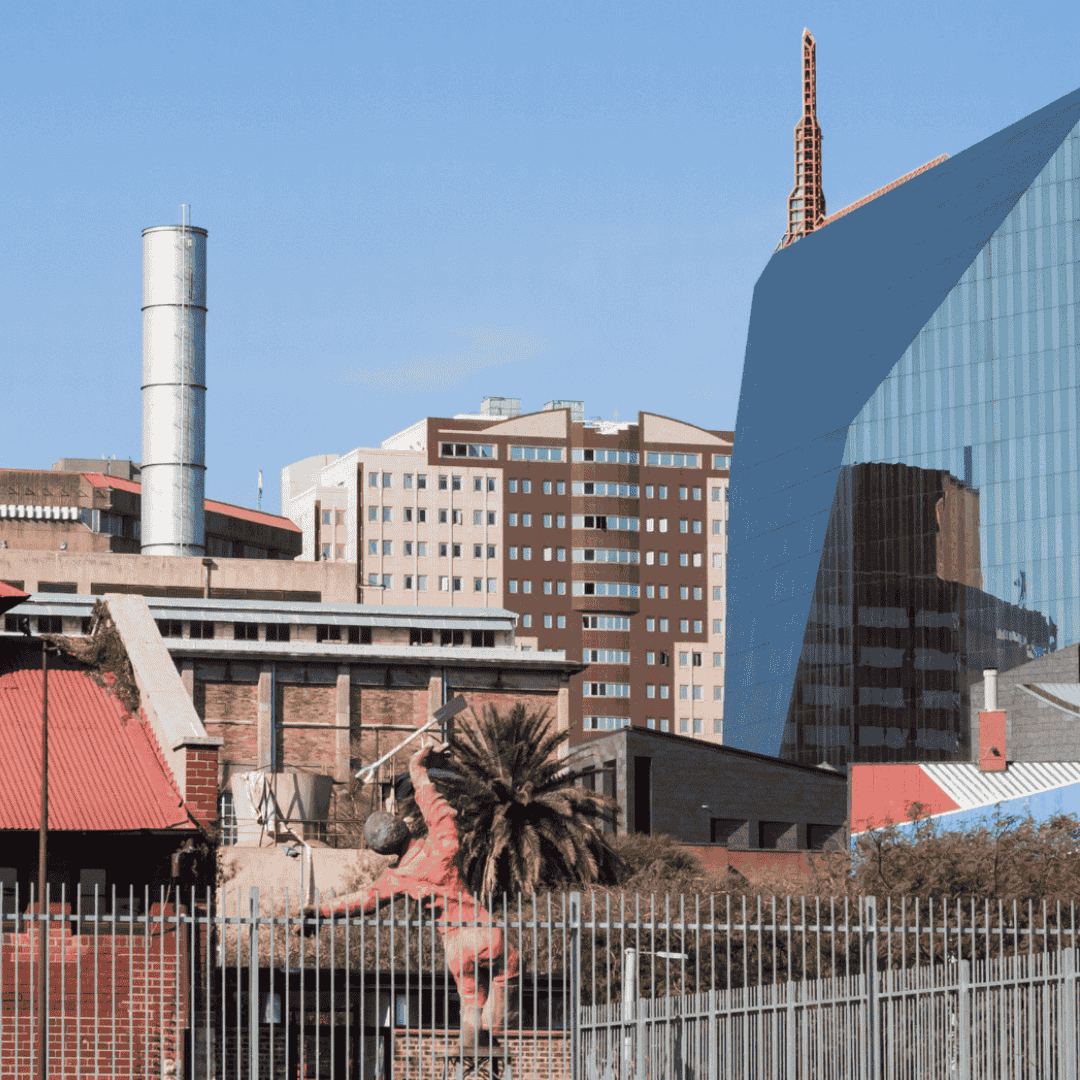
By 1896, as many as 7 000 inhabitants of various racial backgrounds lived in the Brickfields area (then sometimes also called Burghersdorp). The forced removals in 1904 were among Johannesburg’s earliest examples of mass displacement under municipal policy. Some of the earliest European-style industrial buildings in the new precinct survived urban renewal in later decades.
Today, Newtown is a vibrant cultural precinct, home to institutions such as MuseuMAfricA and the Market Theatre, and centred around Mary Fitzgerald Square. The name Newtown still recalls the dramatic transformation forced on a community long ago — from marshland brickmakers to the heart of Johannesburg’s industrial heritage.
Listen to the report by Al Prodgers here:



